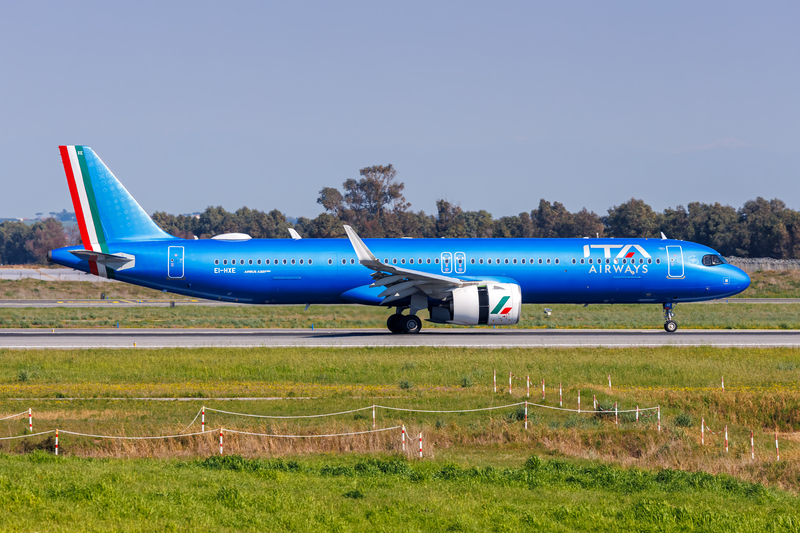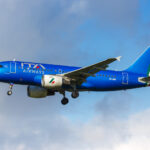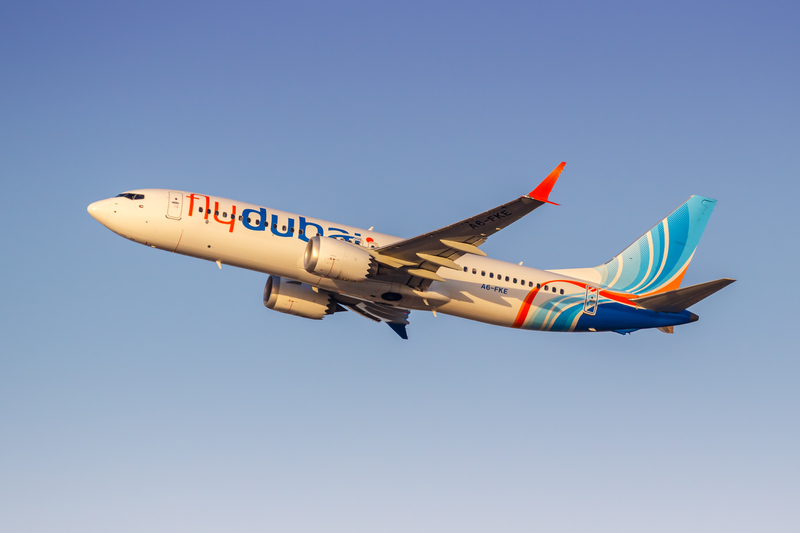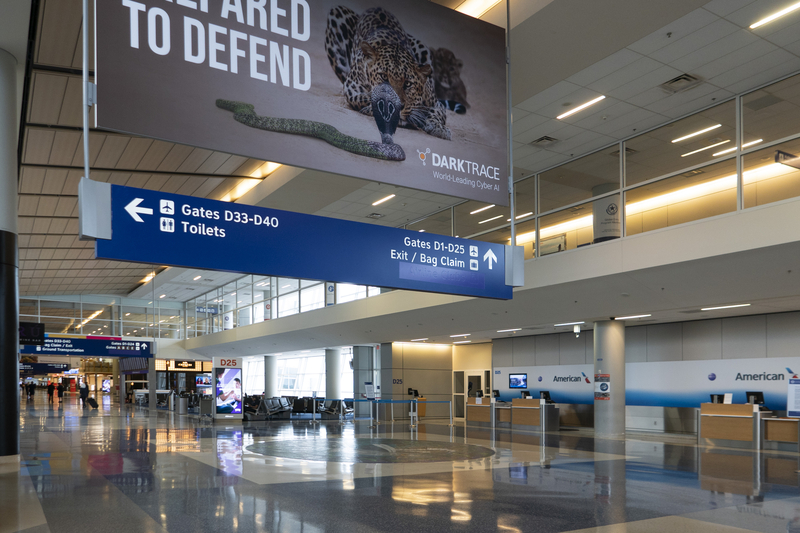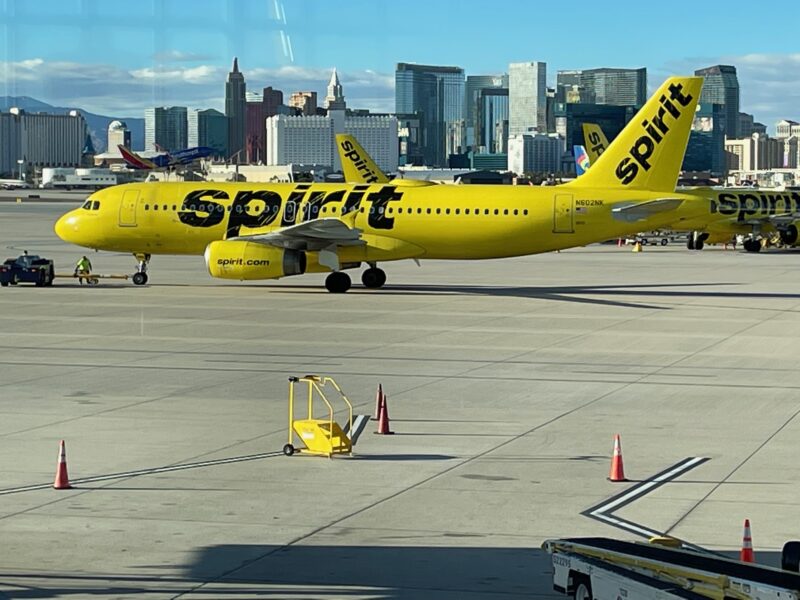ITA’s GTF Crunch Deepens: 22 Jets Parked as Pratt & Whitney Recall Drags On
ITA Airways is dealing with one of the most severe fleet disruptions in Europe right now, and it’s been building for nearly two years. What began in late 2023 as a slow-moving engine inspection program has turned into a full-blown operational headache, with aircraft being pulled from service faster than they can return. The culprit is the global recall and inspection wave tied to Pratt & Whitney’s geared turbofan (GTF) engines — a crisis that continues to ripple across airlines worldwide, but is hitting ITA especially hard.
A recall that’s steadily hollowing out ITA’s fleet
The scale of ITA’s grounding problem is stark. The airline currently has 22 aircraft out of operation, roughly 28% of its total fleet. For a carrier that’s still relatively young and trying to grow into a stable national network, losing more than a quarter of its inventory is brutal. Not only does it constrain schedules, but it erodes the reliability and momentum the airline needs to compete.
Those grounded aircraft are not older, expendable frames either. They’re a mix of Airbus A220s along with A320neo and A321neo-family jets — precisely the planes that should be driving efficiency and passenger appeal. And the imbalance is particularly painful at the top end of its narrowbody fleet: of ITA’s four A321neos, three are currently parked, stripping the airline of its highest-capacity, most flexible aircraft.
This isn’t just an ITA problem — but it hurts smaller fleets more
The GTF recall is a global issue. These engines power hundreds of aircraft across multiple programs and are prized for fuel efficiency and lower emissions. That popularity has become a vulnerability. When a widespread inspection requirement hits an engine type used by so many airlines, the bottleneck isn’t the decision to inspect — it’s the ability to get engines through shops fast enough.
Large airlines can sometimes cushion the blow by shifting capacity, leasing aircraft quickly, or rotating spare frames. ITA doesn’t have that luxury. With a small-to-medium fleet size, every grounded jet bites hard. Even modest disruptions scale up quickly into major schedule limitations, especially when they hit the newest aircraft and the most in-demand summer flying.
What’s actually wrong with the engines?
The root issue traces back to powdered metal contamination during manufacturing of key engine components between 2015 and 2021. The affected parts include high-pressure turbine and compressor discs. Even microscopic flaws in those pieces can lead to premature cracking, which is why regulators have mandated inspections.
Unlike a classic recall where engines are replaced in bulk, this program works through a staggered inspection process. Each engine must be checked, then potentially removed for off-wing work depending on what’s found. The inconsistency of turnaround times has been crippling. Some engines come back in a couple of months; others can be stuck in maintenance limbo for far longer. That unpredictability makes it close to impossible for airlines to plan cleanly.
Pratt & Whitney has expanded repair capacity and offered compensation frameworks, but the sheer scale of the problem means even aggressive mitigation can’t keep up with demand.
The cost to ITA goes beyond parked planes
The financial hit is piling up fast. ITA estimates more than €150 million in damages over the next five years, a figure that reflects not only lost revenue but also the knock-on costs of disrupted operations.
When aircraft disappear from the schedule, the airline has to reshuffle crews, lease capacity at premium rates if available, and absorb passenger reaccommodation costs. Just as damaging is the loss of flexibility during peak periods. Airlines make a disproportionate share of profits in summer and holiday seasons; having a modern fleet sidelined right before those windows cuts deeply into margins.
The CEO has been unusually blunt about how this limits growth. With pilots flying minimal hours due to lack of aircraft, ITA can’t scale in the way it intended. And because airlines can only directly control a fraction of their cost base, they end up absorbing the financial shock from manufacturers, lessors, and airports while trying to keep schedules intact.
The path forward — and a possible legal fight
Looking ahead, there’s little sign this resolves quickly. The disruption is expected to extend through 2026 at least, meaning ITA will continue operating under artificial capacity constraints for another full year. That reality has pushed the airline toward a harder stance: management is preparing legal action against Pratt & Whitney and parent company RTX, seeking compensation beyond what’s currently on the table.
For ITA, this is about more than reimbursement. It’s about survival in a market where reliability, growth, and cost discipline determine whether a young airline stabilizes — or stalls out.
Bottom Line
ITA Airways is facing a prolonged fleet crisis as Pratt & Whitney GTF engine inspections keep 22 aircraft grounded — more than a quarter of its fleet. The affected jets are some of the airline’s newest and most important, including most of its A321neos, amplifying the operational and financial damage. With repair timelines inconsistent and the global maintenance pipeline overloaded, ITA expects the strain to last well into 2026, and it’s now signaling a potential lawsuit in pursuit of greater compensation.
